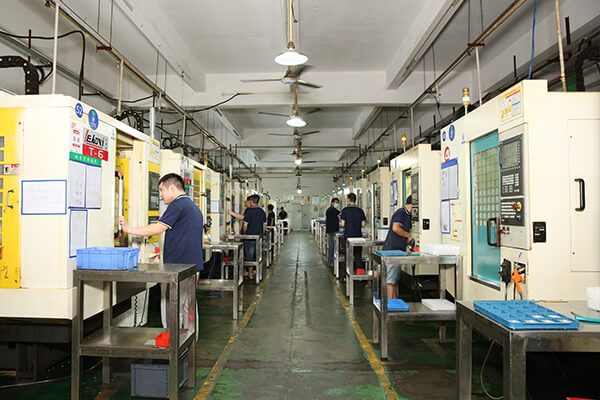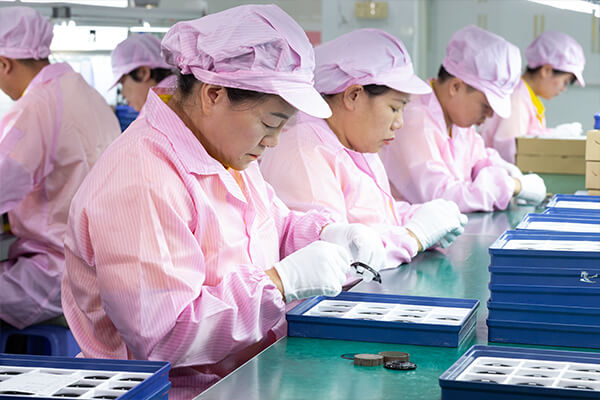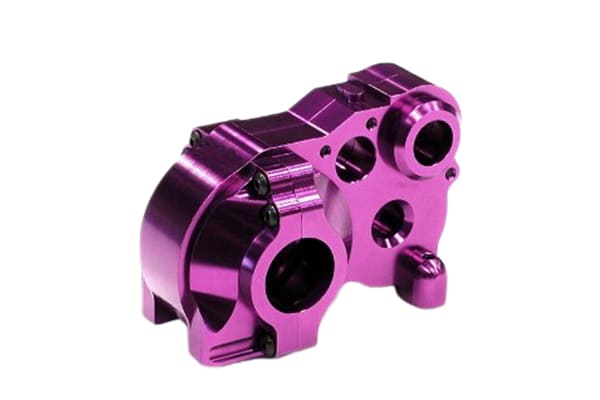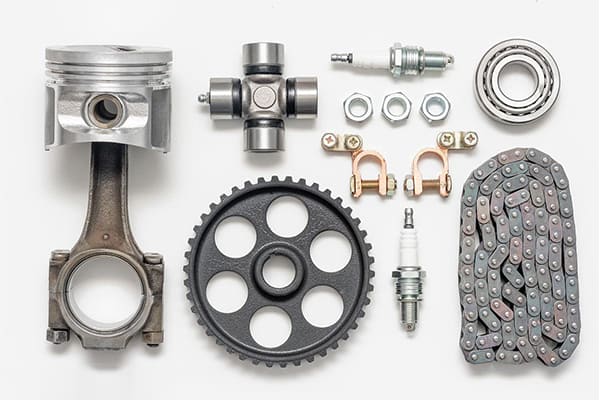Significance and expansion of the electronics industry in today’s digital age
In our contemporary world, electronics have become an integral part of daily life. From smartphones and laptops that connect us globally, to smart home devices that enhance our living experiences, to advanced medical equipment that revolutionizes healthcare, electronics underpin many facets of modern society. With the rise of the digital age, the electronics industry has seen exponential growth, continually evolving to meet the insatiable demand for more advanced, reliable, and efficient devices. As innovations like the Internet of Things (IoT), artificial intelligence, and wearable tech continue to shape our future, the electronics industry stands at the forefront of this technological revolution.

Highly experienced htsin
A snapshot of machining in the early stages of the electronics industry
The dawn of the electronics industry can be traced back to the late 19th and early 20th centuries, with the invention of fundamental components like vacuum tubes and early transistors. In these initial phases, the production of electronic parts was a laborious process. Components were often larger, less sophisticated, and produced using rudimentary machining methods. Manual lathes, milling machines, and basic drilling equipment were the primary tools of the trade. The focus was more on functionality than miniaturization. As radios, early computers, and telecommunication devices began to emerge, the industry grappled with the challenges of producing consistent and reliable components using the limited machining capabilities of the time.
sufficient stock
How technological developments have revolutionized electronic component manufacturing
As the 20th century progressed, the demand for more compact, efficient, and complex electronic devices grew. This push for innovation led to the birth of the semiconductor era, epitomized by the invention of the integrated circuit in the late 1950s. This period marked a significant shift in electronic component manufacturing. The need for precision became paramount, and the industry began to look for new ways to achieve this.
Enter CNC machining in the latter half of the century. With its promise of high precision, repeatability, and automation, CNC machining offered solutions to many of the challenges the electronics industry faced. The ability to produce intricate components consistently and on a large scale was invaluable. As technology continued to evolve, so did CNC processes. Advanced software allowed for even more detailed and complex components, from microchips to connectors, to be produced with incredible accuracy.


Highly experienced htsin
Key Advantages of CNC Machining in Electronics
- Precision & Accuracy: The imperative for exact dimensions in electronic components.
- Miniaturization: Crafting micro and nano-scale parts for modern electronics.
- Flexibility: Rapid adjustments for evolving electronic designs.
- Efficiency & Speed: Accelerated production for fast-paced electronics markets.
- Material Adaptability: Handling a myriad of materials used in electronic components.
sufficient stock
Applications of CNC Machining in Electronics
- Circuit Boards: Precision milling of PCBs.
- Connectors & Sockets: Crafting intricate connectors for various electronic devices.
- Housings & Enclosures: Creating protective cases for sensitive electronic components.
- Heat Sinks: Essential components for thermal management in electronics.
- Prototyping: Design testing and refinement for innovative electronic products.

Why Choose Our Services for Electronics CNC Machining?
Htsin Precision is your premier parts manufacturing company, offering custom precision CNC parts that offer more than just quality products.









